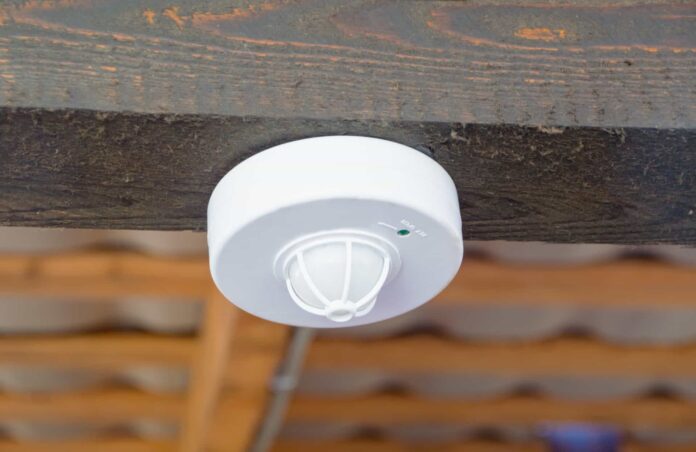Greetings, readers; today, we’re going to talk about a question I often hear from clients: Do motion sensors work with LED lights?
Many of you might be considering installing motion sensors with LED lights to improve energy efficiency and security. Let’s get right into it.
How Motion Sensors and LED Lights Function
The Basics
Motion sensors detect movement in a certain area. They use infrared technology, ultrasonic waves, or microwaves to sense when something moves.
Once they detect movement, they send a signal to turn on a connected light or alarm.
LED Lights
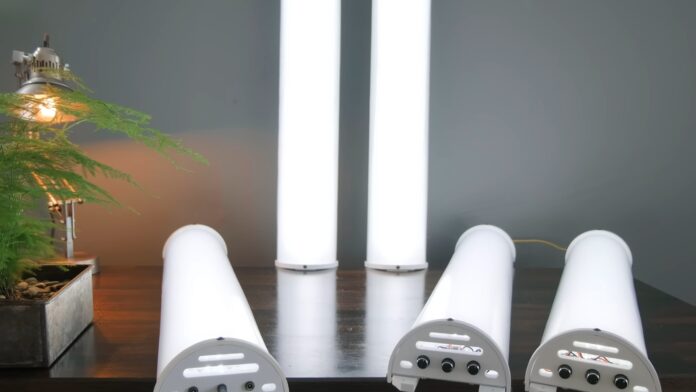
LED stands for Light Emitting Diode. LED lights consume less energy than traditional bulbs and have a longer lifespan.
They produce light when electrical current flows through a semiconductor, which then emits photons—tiny particles of light.
Compatibility Overview
Now, let’s talk about how these two technologies work together. You might be wondering if the low energy usage and different technology in LED lights affect their compatibility with motion sensors.
Good news: most modern motion sensors are designed to work well with LED lights. But there are a few things to know before making a purchase, which we’ll cover in this post.
Factors Affecting Compatibility
Electrical Load
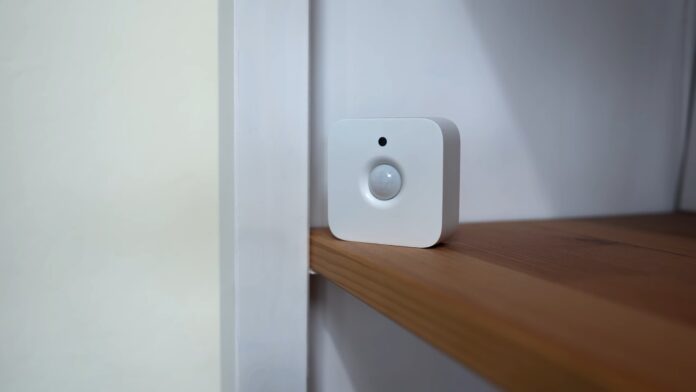
Motion sensors often have a minimum and maximum electrical load they can handle. LED lights generally consume less power.
This means you need to ensure the sensor you choose can handle the low electrical load of LED lights. Otherwise, the lights may flicker or not turn on at all.
Sensor Type
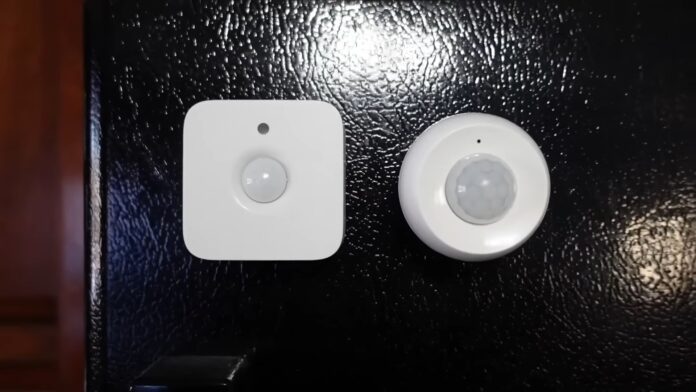
Motion sensors come in different types: passive infrared, ultrasonic, and microwave, among others. Each has its own benefits and drawbacks.
Some might be more sensitive to LED lights and work better than others. Make sure to choose the right type for your specific needs.
Setting Up Motion Sensors With LED Lights
Positioning
Proper positioning matters when installing motion sensors with LED lights. Place the sensor where it can effectively detect motion but also where it won’t be triggered accidentally by pets or wind blowing through leaves.
Calibration
Some motion sensors allow you to calibrate sensitivity and timing. Sensitivity determines how much movement triggers the sensor.
Timing adjusts how long the light stays on after activation. Calibration ensures the system works as efficiently as possible.
Troubleshooting Common Issues
Flickering
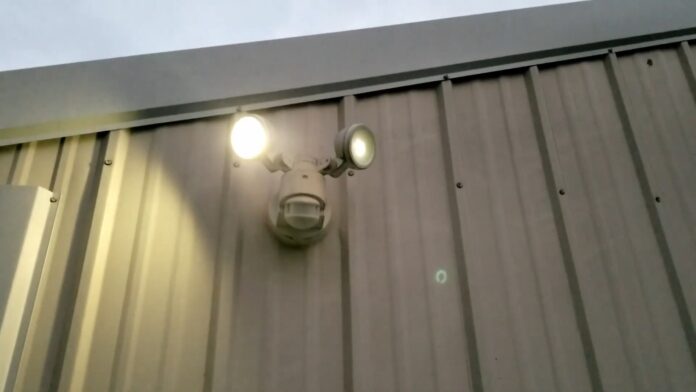
If your LED lights are flickering when connected to a motion sensor, it could be because the electrical load is too low. In this case, a different sensor designed for lower loads can solve the problem.
False Triggers
False triggers can happen if the sensor is too sensitive or if it’s not positioned correctly. Re-calibrating the sensor or moving it to a different location can often fix this issue.
Additional Tips for Installation and Maintenance
Wiring Considerations
When installing motion sensors with LED lights, wiring plays a crucial role. Incorrect wiring can lead to issues like flickering, false triggers, or even complete system failure.
Always refer to the instruction manuals of both the motion sensor and the LED lights and consult a licensed electrician if you’re unsure about the wiring.
Maintenance Tips
Both LED lights and motion sensors require minimal maintenance. However, it’s a good idea to periodically check for dust or cobwebs on the sensor lens and LED lights.
Obstructions like these can affect performance. A simple wipe-down with a dry cloth usually suffices.
Why Choose LED Lights and Motion Sensors?
Energy Efficiency
One of the main reasons to pair LED lights with motion sensors is energy efficiency. LED lights already consume less power.
Adding motion sensors means the lights only turn on when needed, saving even more energy.
Enhanced Security
Another advantage is enhanced security. Motion sensors can deter intruders by turning on lights when movement is detected. This can make your property less attractive to potential burglars.
DIY vs Professional Installation
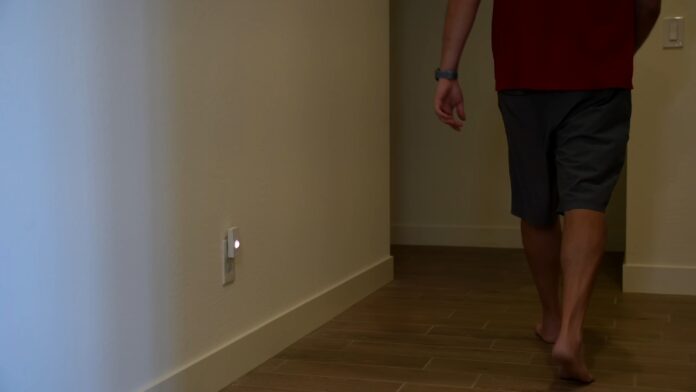
When to DIY
Installing motion sensors and LED lights can be a DIY project if you have some basic electrical knowledge.
Most modern devices come with user-friendly instruction manuals. However, if you’re not confident in your skills, it’s better to consult a professional.
When to Hire a Professional
If your setup is complex or you’re unsure about the electrical load and wiring, hiring a licensed electrician is the safer option.
Professionals can also assist with optimal positioning and calibration of your system.
Future Developments
Upcoming Technologies
The field of home automation and lighting is continuously evolving. Newer versions of motion sensors and LED lights are being developed to work even more seamlessly together.
These future models may offer features like smartphone integration and more advanced customization options.
What to Expect
As technology advances, expect to see motion sensors and LED lights that are more energy-efficient, easier to install, and offer more features.
This will only make it even more beneficial to pair these two technologies together.
More Installation Tips
Safety First
Before starting any installation, make sure to turn off the electricity to the circuit you’re working on. Safety should always be your first priority.
Test Before Finalizing
Before securing all the fixtures and closing up any electrical boxes, test your setup to ensure it’s working as expected. This saves time in case you need to make adjustments.
Installation Tips Summary
Safety is paramount, so always turn off electricity before starting. Testing before finalizing the setup helps you make any needed adjustments and ensures that your system is working correctly.
FAQs
Can I Use Solar-Powered LED Lights with Motion Sensors?
Yes, you can. However, you should ensure that the motion sensor is compatible with the low voltage typically associated with solar-powered LEDs.
If possible, consult the manufacturer’s guidelines for both the solar-powered LED lights and the motion sensor for specific compatibility information.
Is it Possible to Set Different Zones for Motion Detection?
Yes, some advanced motion sensors allow you to set different zones for motion detection. This means you can specify which areas will trigger the LED lights and which won’t.
This feature is useful for avoiding false alarms from pets or trees swaying in the wind. Check the product specifications or manual to see if this feature is available on the model you’re considering.
Will Other Light Sources Interfere with the Motion Sensor?
In most cases, other light sources shouldn’t interfere with the motion sensor’s ability to detect movement.
However, placing the sensor too close to another bright light source may reduce its effectiveness.
Make sure to install the motion sensor in a location where it can operate without hindrance from other lights.
Can I Use Colored LED Lights with Motion Sensors?
Yes, you can. The sensor usually doesn’t differentiate between colored lights and regular white ones.
However, be aware that some colored ones may not be as bright as white LEDs, which could affect visibility when the lights are triggered.
Are There Motion Sensors Specifically Designed for LED Lights?
Some motion sensors are advertised as being optimized for LED technology. These sensors are designed to handle the lower electrical load of LEDs and may offer more customization options.
However, many standard motion sensors are also compatible with LED lights, so this isn’t strictly necessary unless you have specialized needs.
Can Motion Sensors Control Multiple LED Light Fixtures at Once?
Yes, a single motion sensor can control multiple LED light fixtures as long as the combined electrical load is within the sensor’s capacity.
Always check the specifications to see how many lights it can control simultaneously without issue.
Final Words
To sum up, motion sensors and LED lights generally work well together. Just be mindful of factors like electrical load, sensor type, positioning, and calibration.
Proper installation and maintenance can help you create an efficient and reliable system that saves energy and enhances security.
Thank you for reading. If you have any further questions or would like professional guidance, don’t hesitate to reach out. Stay safe and well-lit!

